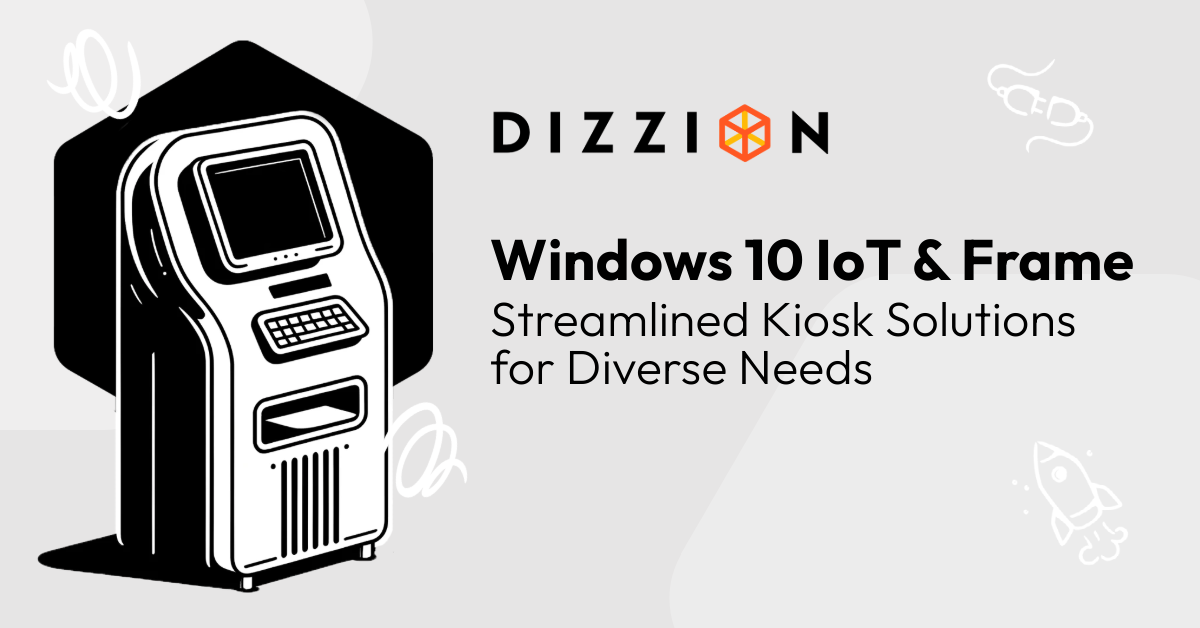
This End User Computing (EUC) Bento Box is a monthly selection of relevant and exciting content curated by yours truly. It is designed to be easily digestible and keep you up to date on the latest trends and developments in the EUC industry!
Inside the bento box, you will find various articles, blog posts, tools, white papers, videos, best practice guides, and more. Each entry includes a summary/description to help you maximize your learning with minimal reading!
So, whether you're an EUC geek, a seasoned professional, or just starting in IT, we're sure the Bento Box has something for everyone. Let's dive in!








